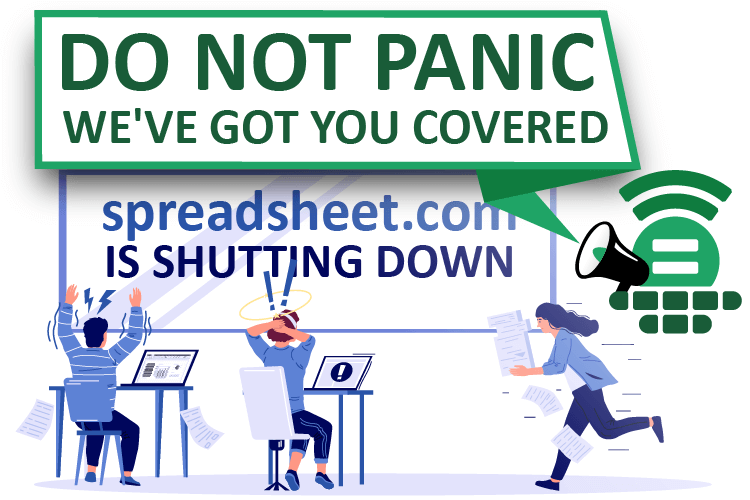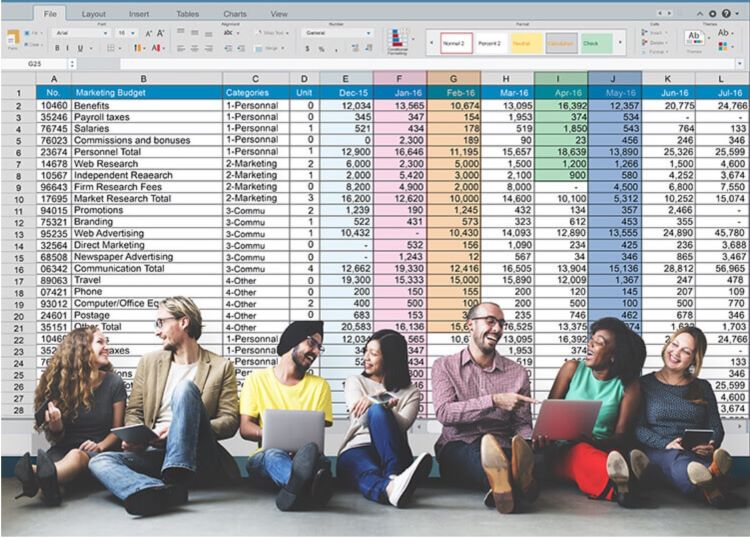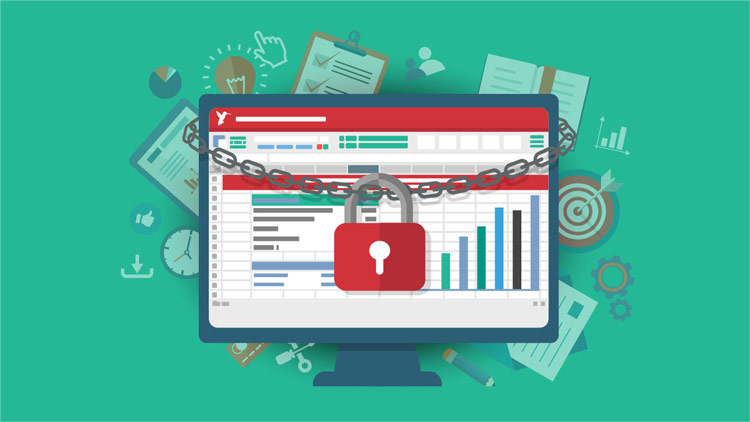
Microsoft Excel debuted on the Macintosh in 1985 and came to Windows in 1987. Three and a half decades later, its name remains virtually synonymous with the very concept of “spreadsheets.” Minor competitors have appeared over the years—but to be viable, even those apps must include basic compatibility with Excel. Arguably, no business software in history has been more dominant in its sector.
This is no accident. For many common tasks, Excel represents an immensely powerful and flexible solution. Pretty much anybody who works in an office knows Excel basics well enough to get by. And we all know one or two “Excel gurus” who eagerly offer help when we need to perform some true spreadsheet wizardry. Spreadsheets play an integral part in the critical decision making in virtually every business.
But, familiar and capable though Excel is, there are times when it simply isn’t enough. You may need to constantly incorporate new data from multiple sources and have a database that remains constantly up to date. You might have to collaborate with several colleagues on a single database. Excel has some shared-file functionality, especially with the arrival of Office 365, but synchronization across multiple users can be limited and perilous. Google Sheets resolves some of those issues, but when it comes to features it continually plays catch-up with Excel.
And, when the functions you require rely on scrupulously clean data sets—or massive data sets—working in an old-school spreadsheet can feel like juggling chainsaws. Sure, people will be impressed if you manage to pull it off. But, there are so many ways for things to go horrifyingly wrong.
That’s when you start looking for alternatives.

1. Buy off-the-shelf software
This might be an answer if every step of your business process happens to be very commonplace. But, if your business relies on unique or customized processes, suddenly “off the shelf” simply doesn’t cut it. You may find yourself buying different apps to do different tasks. Before long, you end up with a motley assortment of modules, each with its own login—some of which simply don’t integrate well. And, once you factor in training, upgrades, customization, and license fees, your costs can quickly exceed expectations.
Meanwhile, you may end up spinning your wheels if you ever require support. To a commercial software company, you’re simply one face in a crowd. Often, companies become less enthusiastic about dealing with you once they’ve made their sale.
In the end, you may well end up with a solution that doesn’t perfectly suit your needs, one that lacks the power and flexibility of a custom-built web app, and one that can leave you in a lurch if you ever hit a snag.

2. Hire a software development company
We’re not going to tell you not to do this—after all, custom software development is a huge part of our business at Pleasant Solutions. If you have the budget, and you have the need, custom software may make the most sense for you. The upfront cost will certainly be high, but you’ll end up with an app fully customized to your business needs. If you need an app that can accommodate thousands of simultaneous users, one that looks great and works seamlessly no matter what device it’s on, give us a call.
If you connect with the right company, you may find yourself going back to them every time you need a new web app designed for a specific business task. You’re likely to get exactly what you want, but service like that comes with a significant price tag.

3. Hire an on-staff web app developer
Again, this is certainly a viable option, assuming you’re a big enough business with room on your payroll. A web app developer can work with all of your various departments to streamline your data management and your workflows. Once you bring an app online, you’ll also have an expert on hand to help deal with any bugs or other hiccups that may arise.
Of course, this also means you’ll have another person on the payroll, even once your app is up and running. At that point, your developer may not have enough work to occupy them. You could always ask them to start a new project—but then that project will likely take priority over supporting, maintaining, and evolving the existing application. So, you hire another developer to look after the first app. And so on, and so on.
Or, you could find a way to transform everyone on your staff into a web developer, assuming they have a working knowledge of Microsoft Excel. This sounds like a farfetched scenario, until you consider our fourth alternative.

4. Get Sheetcast
Why do people still use spreadsheets? Because they already know how to. And, because Excel is powerful and flexible even after all these years.
So, by all means, keep using spreadsheets. But, while you’re at it, take your spreadsheets to the next level with an add-in that transforms Excel into a web application powerhouse. With Sheetcast, you can turn Excel into web app in minutes—with no special skills or training required. Build your own timesheet reporting and collection app. Design a field data collection app that looks and works on a mobile device as seamlessly as it does on a desktop browser. The possibilities are limited only by your imagination.
In short, Sheetcast combines the affordability of off-the shelf software with the power of a custom web app. Best of all, you remain in direct control throughout every step. You and your employees no longer need to depend on the expensive skills (and busy schedule) of a web app developer. Instead, you can use, maintain, and improve your web app yourselves—anytime and on any device.
For full details on Sheetcast, or to watch a video demo, click here.




















